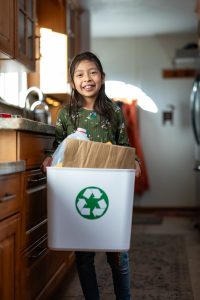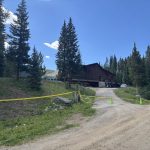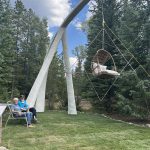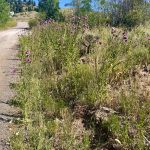Ask Eartha: What are the guidelines for recycling in Summit County?
Ask Eartha
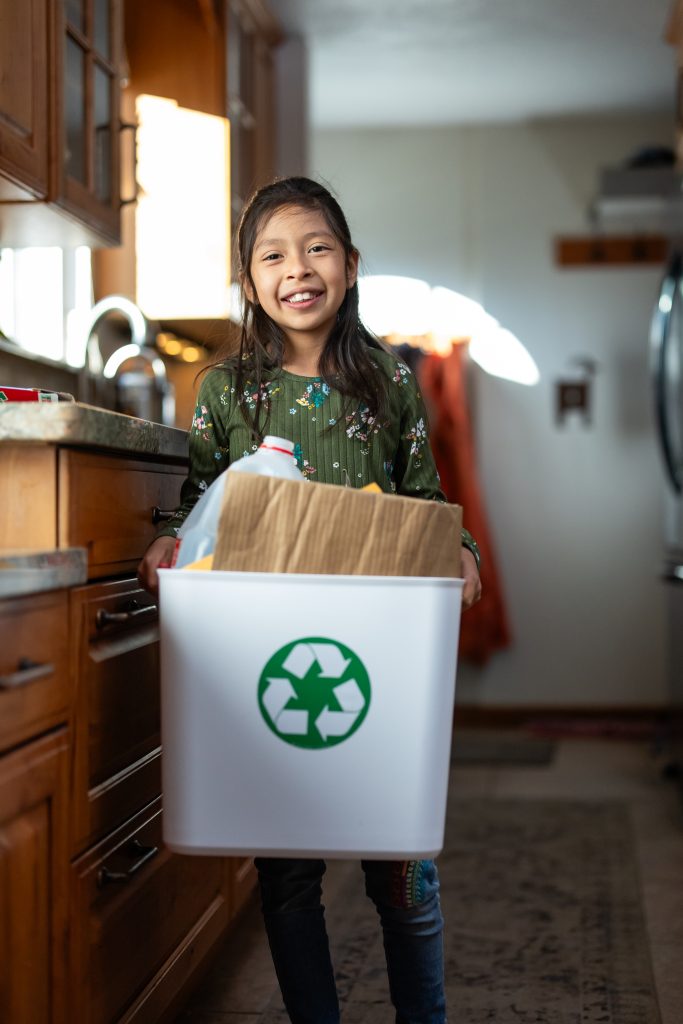
High Country Conservation Center/Courtesy photo
Dear Eartha, I recently started getting recycling picked up at my home. Can I toss all recyclables in my bin, or do some things need a special trip to the recycling center? Why is there a difference?
That’s a great question! Thanks for doing your part to conserve resources right from your home. Did you know that Summit County has a goal to divert 40% of our waste from the landfill by 2035?
Here is the scoop: Summit County has two ways to recycle:
- Single-stream recycling is mixed recycling collected via curbside pickup at your home or homeowners association.
- Free drop-off includes community recycling centers and glass drop-off stations sprinkled across the county.
At first glance, single-stream might seem like the “everything goes” option. But not all recyclable materials are treated the same, and knowing the difference makes a big impact for our environment and Summit County’s waste diversion goals.
Why it matters
Recycling conserves natural resources, saves energy and reduces the need to extract fresh raw materials, including water, metals, and minerals. Aluminum and glass are standouts because they’re infinitely recyclable, meaning they can be turned into new products over and over without losing quality.
Locally, Summit County has programs in place to reach our waste diversion goals. Take Pay As You Throw, for example. This system bundles recycling with your trash service and charges you based on how much trash you toss. It works: a 2022 state report found that Colorado communities with Pay As You Throw programs often see recycling participation climb, from about 33% to upwards of 90%, and landfill diversion jump from 20% to 40%. That’s a big win for reducing greenhouse gases, cutting emissions by thousands of metric tons of CO2 equivalent each year!
How curbside recycling works in Summit County
When you put recyclables in your at home recycling bin, they’re taken to the Summit County Resource Allocation Park, where materials are compressed and trucked to Denver for sorting. From there, items go to mills and manufacturers to become something new.
Here’s the catch: If too much of wrong items end up in the bin, they contaminate the load. Contamination reduces the value of recyclables and can cause entire batches to be sent to the landfill. That’s why local recycling rules matter so much.
Plastics: The tricky one
Not all plastics are created equal. The recycling process for plastics depends on their resin type, shape and melting point. In Summit County’s at-home curbside collection, only #1 and #2 bottles, jugs, and #5 tubs are accepted, but there’s no #5 bin at the drop-off sites. An easy rule of thumb? If it’s a bottle, jug or yogurt-style tub, it can go in your at-home bin.
Why not clamshells (you know, those berry boxes or takeout containers)? Even if they have a #1 on the bottom, they’re a different breed from a #1 water bottle, made differently and melted differently. And here’s the kicker: no one in the recycling biz is actually turning them into new products right now. So, sadly, they’re landfill-bound.
Glass: A special case
Glass is infinitely recyclable, but it’s currently not accepted in curbside single-stream bins.
Instead, glass goes to our glass drop-off stations or recycling centers. At the centers, glass is separated by color; at the smaller depots around the county, all colors can be mixed together. From there, glass is sent to a processor and turned into new glass bottles and jars.
What can go in your curbside bin?
- #1 and #2 bottles, jugs, and #5 tubs (empty and rinsed)
- Metal cans (aluminum and steel)
- Paper and cardboard (flatten cardboard)
- A guideline on highcountryconservation.org provides a helpful visual of what can be recycled where.
How you can help
- Know the rules. Use the Recycle Right tool at HighCountryConservation.org to type in a material and check whether it is accepted locally.
- When in doubt, throw it out. This prevents contamination and keeps more recyclables out of the landfill.
- Call High Country Conservation Center if you’re unsure — we’re here to help at 970-668-5703.
Recycling right means keeping materials clean, sorted properly, and following local guidelines. When we all take these steps, we get closer to that 40% diversion goal, and keep valuable materials out of the landfill for good. Thanks for doing your part.
Ask Eartha Steward is written by the staff at the High Country Conservation Center, a nonprofit dedicated to waste reduction and resource conservation. Submit questions to Eartha at info@highcountryconservation.org.


Support Local Journalism

Support Local Journalism
As a Summit Daily News reader, you make our work possible.
Summit Daily is embarking on a multiyear project to digitize its archives going back to 1989 and make them available to the public in partnership with the Colorado Historic Newspapers Collection. The full project is expected to cost about $165,000. All donations made in 2023 will go directly toward this project.
Every contribution, no matter the size, will make a difference.
